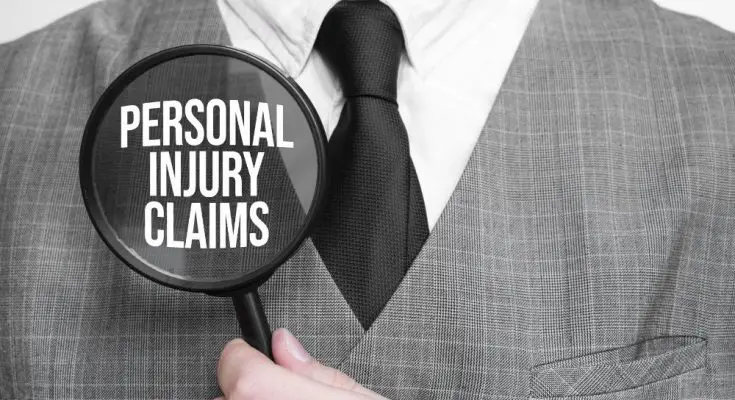Sustaining an injury is one of the most devastating events in a person’s life. Not only are you left with the aftermath of treatment, but the future starts to feel uncertain when coupled with the expensive medical bills. Because of this, you’re entitled to some compensation, whether the incident happened at work or on the way home. Read this guide to filing a personal injury claim to learn how this process works and how to make the most of it.
Receiving Medical Treatment
The first essential step to any personal injury claim is to see to your injuries. Depending on the circumstances of your accident, the damages could be severe. As such, knowing the extent of your physical harm and what corrective action needs to occur is the key to moving forward with a filing. In knowing these facts and gathering the paperwork, you’ll have the power to claim the amount of your medical bills at a minimum.
Contacting a Personal Injury Lawyer
The next step we’ll cover in this guide to filing a personal injury claim is to reach out to a qualified and trusted personal injury attorney. These professionals work to build and present your case to a judge or jury. They’ll handle all essential evidence-gathering practices, talk to witnesses, and request police records. So, all you need to worry about during this time is healing. Make sure that the lawyer you hire has experience handling your specific type of case. This way, if you’re filing for worker’s comp, they have a detailed understanding of worker’s comp and third-party cases.
Setting up Your Claim
Once you find someone to represent you, you can officially start your claim. During this time, your attorney will inform the other party that you plan to make this filing and allow them the time to contact their insurance provider. Open communication channels can often help you settle the matter more quickly as both parties work toward a discussion.
Evidence Gathering
Then, your attorney will start gathering the necessary evidence to make a solid claim for compensation. As stated previously, this may mean talking to all individuals present at the accident scene, gathering police records, and collecting your past and ongoing treatment statements. This way, anyone reading the claim will have a detailed understanding of the incident as well as the damages you sustained as a result. Your lawyer will also work to prove the negligence of the other party if it exists.
Settlement Negotiations or Lawsuit
After compiling these resources into a claim, you’ll begin the initial round of negotiations. This involves sitting down with the defending party and a representative from their insurance company to discuss the amount of compensation owed to you. Should you fail to reach an agreement, you may need to file an official lawsuit through the court.



